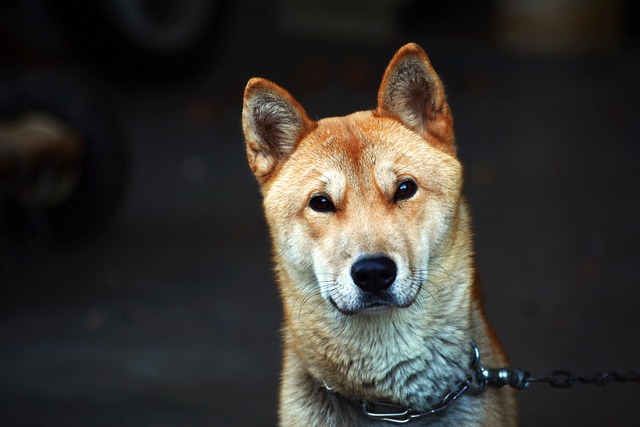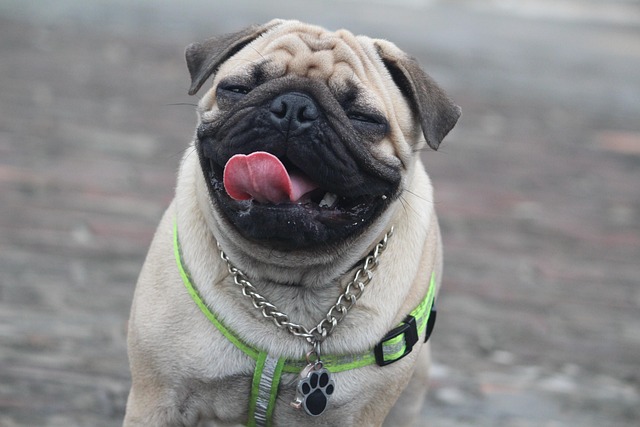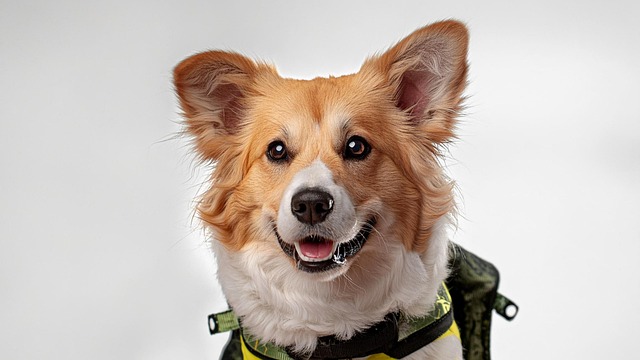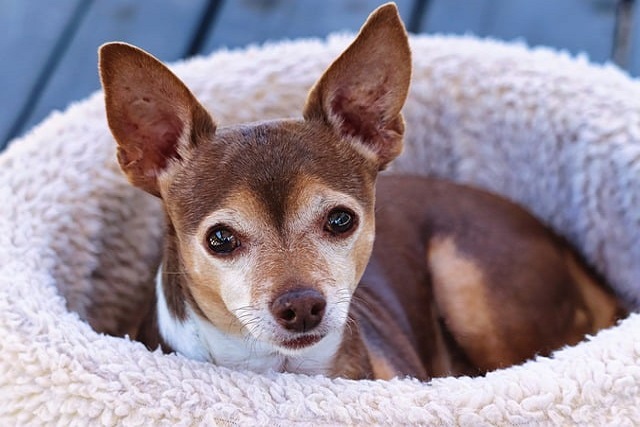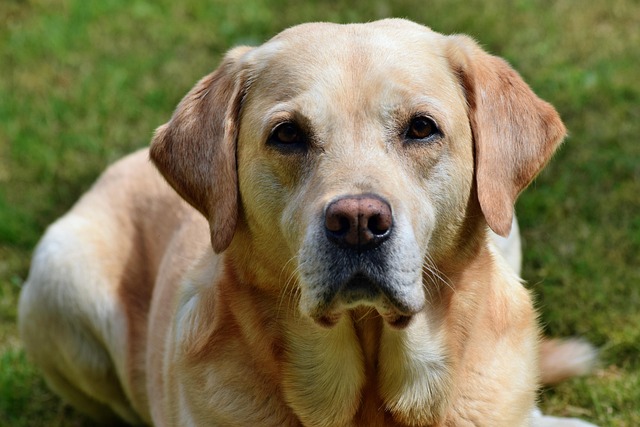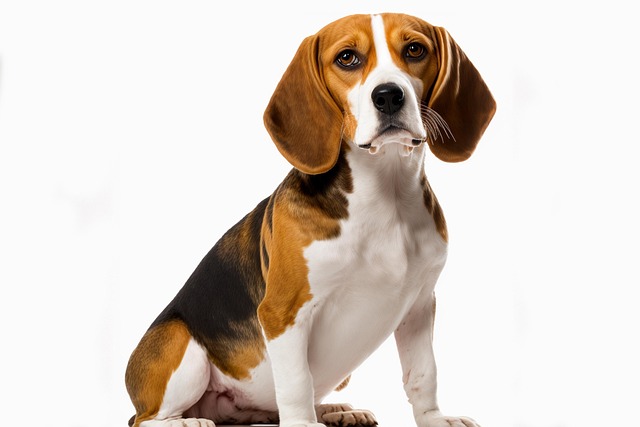If you’ve ever stood in the pet store’s training aisle, staring at walls of collars, clickers, and treat pouches, you’ve probably wondered: “Do I really need all this?” Last year, my friend Alex felt that way when he brought home his 6-month-old German Shepherd, Diesel. With shelves of “must-have” gear promising quick results, Alex bought a prong collar (a mistake he later regretted) before realizing the best training equipment is simple, humane, and focused on building trust. Training tools shouldn’t intimidate—they should make learning easier for both you and your pup, turning chaos into connection.
The foundation starts with a well-fitting harness, not a choke or prong collar. Harnesses distribute pressure evenly across the chest, avoiding strain on their neck (critical for breeds like Greyhounds with sensitive throats) and giving you better control without fear. Alex switched to a front-clip harness for Diesel, and suddenly their walks went from tug-of-war to calm strolls. Pair it with a 4-6 foot leash—long enough for movement but short enough to guide them, perfect for teaching “heel” in busy neighborhoods. Retractable leashes work for parks but not training; the constant tension confuses puppies. Dr. Morgan, a vet in Denver, explains: “Positive training relies on clear communication, and a harness + fixed leash lets you gently redirect without pain, which builds trust far faster than punishment.”
Treats and a treat pouch are non-negotiable. Soft, puppy-safe treats (freeze-dried chicken or crushed kibble work great) keep training positive—when Diesel finally “sat” on command, Alex gave him a tiny treat, said “Good boy!” and petted him, creating a happy association. A pouch clips to your waist, keeping treats handy without fumbling in pockets (key for quick rewards). Look for one with a sealed compartment to avoid crumbs in your apartment—my neighbor’s Poodle, Lulu, learned “stay” faster when treats appeared instantly, no digging through purses required. Never skimp on treats; they’re not bribes—they’re how your dog learns “this behavior gets good things.”
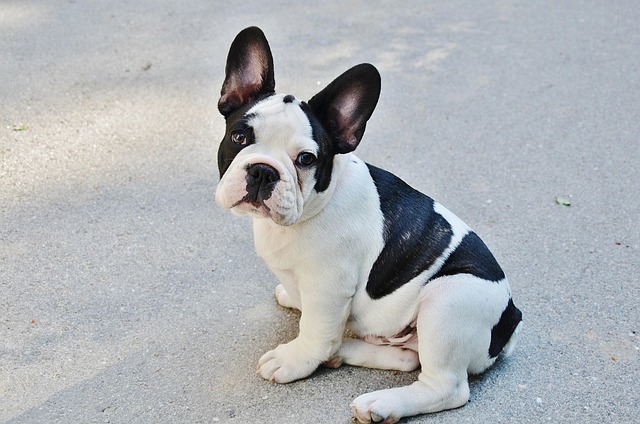
A clicker and a training mat round out the basics. A clicker makes a sharp “click” sound to mark the exact moment they do something right, helping them connect the behavior to the reward. Start by clicking and immediately giving a treat (no behavior required) so they learn “click = treat.” Alex used this with Diesel to teach “down” in days—clicks are clearer than words for their dog brains. A training mat (soft and non-slip) creates a “place” cue, perfect for apartments: when guests arrive, guide them to the mat, reward with treats, and praise. It gives them a safe zone, reducing jumping—a common apartment etiquette win.
Living with training equipment means respecting community rules. Keep your harness and leash on during walks (required by law in most cities) and always pack poop bags—cleanup is part of responsible training, even if you’re focused on “sit.” Ensure your pup’s rabies tag is attached to their harness (mandatory in all states) and store equipment safely to avoid chewing—Diesel destroyed one leash by mistake, teaching Alex to hang gear out of reach.
The best equipment doesn’t cost a fortune—it’s what helps you communicate clearly and kindly. With a harness, treats, clicker, and patience, Alex turned Diesel from a jumping, tugging puppy into a polite companion. For new owners, the right tools make training not just effective, but joyful—because the goal isn’t perfect behavior, but a happy, trusting bond that lasts years.
